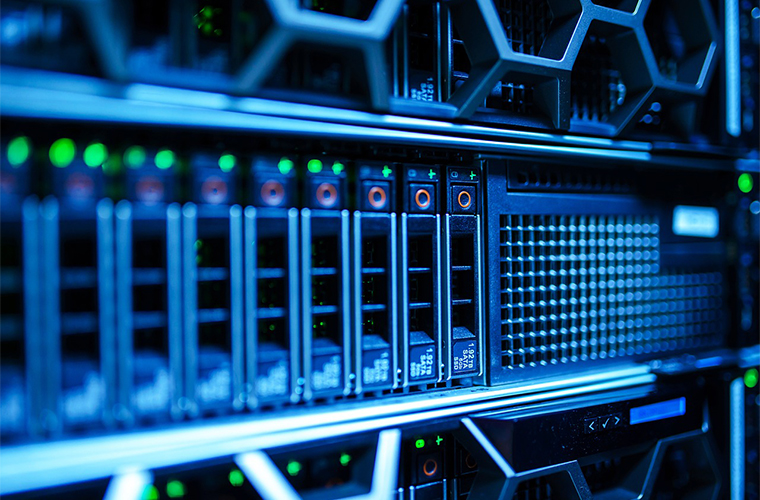Main Menu
- Home
- Products
- Applications
- Product Support
- Service
- Learn
- Product News
- About Us
- Contact Us

Data centers are an essential part of our economy and infrastructure. As data centers are being built throughout the world, noise complaints related to the facilities are increasing. The need to comply with local noise ordinances and maintain positive community relationships can be challenging for those running these facilities. Noise Monitoring Systems with simple yet customizable set up and automated alert and alarm notifications make it easier to track noise in real-time. Read on to learn more about the nature of data center noise, why it sometimes seems more bothersome that other types of noise, and what you can do about it.
Exterior noise at data centers or crypto mining operations are most often caused by exhaust vents in cooling equipment (chiller fans) or on-site power generation.
The noise can be thought of as having two components
Employees inside data centers are subject to continuous noise that could be hazardous to hearing health. Personal noise exposure levels for data center workers should be considered. Noise levels can be measured in various places inside a facility and marked on a map to create a plant sound survey. Alternatively, personal noise exposure can be measured with a personal noise dosimeter, which is worn by an employee and measures noise throughout their work shift to ensure that operations do not exceed established workplace noise limits.
Larson Davis offers a range of solutions for Data Center Noise Monitoring. Key benefits of our solutions include
Most community noise regulations offer noise limits in the 50 dB to 60 dB range. However, these regulations were not written with constant, low-frequency noise in mind. Data center noise occurs 24 hours a day, including overnight when ambient noise levels tend to be lower. A 50 dB noise during the daytime may not be annoying, whereas it would be noticeable at nighttime. In addition, many regulations were written to measure with A-weighted noise levels, so the lower frequency noise is not captured as well in the measurement.
Noise from fans can be reduced with traditional acoustic barriers or acoustical shrouds; however, these shrouds can reduce fan efficiency. An alternative is utilizing larger fans or fans with high efficiency so that fan speed can be lowered. Because of the relationship between air speed and noise, decreasing fan speed a small amount can decrease noise significantly.
Proactively monitor and manage noise levels around your data center. Enhance operational efficiency, maintain regulatory compliance, and foster a harmonious relationship with your surrounding community.
For short-term use, Sound Level Meters and systems are available to rent. Your local Larson Davis representative will be glad to help determine what products best fit your measurement requirements. To learn more, please fill out the Contact an Expert form, and member of our team will be in touch.